The post What to Write on Your Photography Website (So That People Will Hire You) appeared first on Digital Photography School. It was authored by Mat Coker.
If you want to sell your prints or get hired as a photographer, you can’t just put your photos on display. You’re going to have to use words too.
Many photographers struggle to come up with words about their photography. At one point, that was my biggest challenge to grow as a photographer.
I’ll show you how to come up with words for your photography website. We’ll start with a blank screen and finish with a finished web page.

If I post a photo of a baby or toddler on social media, I will get a lot of “likes.” All this means is that people like cuteness. But if I tell a story about a photo, it gets people thinking and talking. Nobody will know why we’re showing our photos if we don’t say something about them.
Why words?
If you’re showing your portfolio on your website or social media, you need to understand a hard truth: Your photos probably don’t stand out to people.
Your photos may be beautiful, but there are many photographers with beautiful photos. People are overwhelmed with thousands of images all day long and you’re just throwing more images into the mix.
Don’t assume that people will see and understand what is unique about you as a photographer, or appreciate the beauty in your photos unless you tell them. Your words help people understand what to think when they see your photos. Your words can draw them in to hire you or buy your prints.

I heard a rumor that my old public school was going to be torn down. That meant that my son would never have a chance to attend the school I did as a kid. So I took him for a photo shoot. We ran through the fall leaves, climbed on the monkey bars and retraced the steps of my childhood. Maybe the reason it was so meaningful is that the chance would soon be gone forever.
How to write about your photos so that people will hire you as a photographer
Let’s start from scratch and write words for a photography business website. You don’t have to follow my entire approach. Just take the parts that will help you where you’re struggling.
Let’s pretend we’re going to launch a toddler photography business. However, keep in mind that you can use this approach for any sort of photography business including fine art prints. Keep these ideas in mind as you write for your blog too.
1. Create a list of words and ideas
At this point, there is no pressure. The first step is to simply come up with a list of keywords and ideas. Then we’ll turn those ideas into the actual words on our website.
Give yourself at least 30 minutes for this. My suggestion is to turn off your phone, go somewhere you enjoy, and take a pen and some paper with you.
Consider who or what your subject is and then come up with a list of words and ideas that can inspire your writing. Your subject is whatever the main focus of your photography work is. Your subject could be CEO’s, landscape prints, weddings or seafood.
Our portrait business is about toddlers, so here is a list of words and ideas that I’ve come up with:
- Strong willed
- Explorer (little explorers)
- Chaotic (agents of chaos)
- Emotional (emotional roller coasters)
- Unique
- Growing
- Impressive
- Achievement
- Funny
- Silly
- Showmanship
- Performance
- Giggles
- Messy
- Curls
- Grins
- Stinky feet
- Tickling
- Mud puddles
- No shoes
- Snacks
- Lovable
- Adorable
We could keep going, but that is a good list to start with. From this point on, whenever we have to write something, we have a list of words and ideas to pull from.
We’ll never have to sit down to a blank screen demanding us to fill it with the perfect words.
So far, we’ve only considered what our subject matter is, but we’ll also have to consider who we’re showing our picture to and who we are writing for. That means you need to consider who will be hiring you and write especially for them.
2. Who are you writing for?
Though our subject matter is toddlers, we’re writing for moms. They’re the most likely ones to be booking a photographer. Yes, dads and grandparents will look at your website too. However, don’t try to write for everyone. Choose one main person to write for.

3. What do they need?
Every good business solves a problem. What problem does your photography business solve?
Let’s consider two levels of the problem.
First, there is the immediate problem. Mom is on our website or social media page because she needs to find a photographer. Here are some things she has in mind:
- Mom needs pictures
- Has to find a photographer that specializes in toddlers
- Wants the right style
- Can handle her toddler
- Can capture their unique personality
There is a deeper element to her problem too. Her little one is about to grow up. As much as she wants to, mom won’t be able to remember everything about this stage of life. These photos will preserve the toddler moments that are about to disappear forever.
Here are some ways the photos will help her:
- Freeze time
- Stop her toddler from growing up
- Keep them small
- Have something she can hold when they’re too big to hold
- Have something to help with that desperate feeling that she is going to lose them when they grow up
- Create photographs that provoke all the overwhelming feelings of motherhood, that will come rushing back to her even when she’s 80
How do you know that these are her problems? You listen. You listen to everything that moms say about their toddlers. Then you tell those moms (through the words on your website) that you understand, that you care, and that this is what you’re all about.
4. Explain how you will help them
You need to show the person looking at your website that you can help them solve their problem.
Let them know that you understand their problem and are the perfect person to help. This is where words may be more important than the photos you show.
Let’s get writing!
We have a lot of ideas about our photos and the people we’re writing for, so let’s start writing our web page.
Keep these 4 things in mind as you write:
- Draw from your list of words and ideas
- Remember who you are writing for
- Show that you understand what they need
- Explain how you can help them
People need to know very quickly that your website is just what they’re looking for. If somebody is searching for a toddler photography session, they need to know they’ve found the right place.
The first thing you should do is make some sort of statement regarding what your website is about. It should come right before or after your first image.

I photograph the toddler years because they’re some of the most wonderful times of development in your little one’s life. They’re also the years that go by the quickest.
This makes it clear what I offer and why I’m offering it.
That opening image and statement is followed by a more extensive gallery. After the gallery, I like to add some sort of story that digs into the deeper reasons that a mom would want a toddler photo session.

“We tend to love the things that are most scarce. The less there is of something, the more we value it. But far too often, we didn’t realize it’s value until it was gone. One day our babies outgrew the constraints of infancy. They learned to crawl and then pulled themselves up by whatever they could. They mastered our language – or their version of it! And now they think they’re going to keep growing right up! But not before we document them as toddlers. So that you’ll have photographs that make all those overwhelming feelings of motherhood and fatherhood come rushing back.”
While people are looking at your website, there are going to be many distractions. They get constant social media notifications, their minds wander, and their toddlers interrupt them! So write words that will keep them engaged. Being brief but powerful is good.
The “About Me” section reinforces why I offer this sort of photography session and why I’m the right photographer for the job.

“My favorite thing to photograph? Toddlers, without a doubt. Because they hold nothing back. Just watch how they explore the world. Their imaginations soar. And they don’t fake their emotions. My littlest guy is a toddler. I’m always racing to grab my camera because he’s almost not a toddler anymore. I can’t wait to see him grow up, but I’m going to miss the toddler him.”
My concern in the about section is to connect with my reader. I want them to know how much I love the toddler years too.

The final words are about packages, pricing, and contact information. It’s important to reinforce exactly what you’re offering. Remember, you’re not just offering photos.
You might be selling fine art prints, but they’re not just prints. They’re a source of beauty and inspiration in an otherwise dull living room.
You might be selling a photo session, but it’s not merely a session. It’s a way of remembering those precious moments that are about to slip away forever. It’s easy to forget this in the midst of a chaotic life. Let your words remind them.

When their toddler years have long passed, you’ll have frozen time. And when you replay their video or hold their photos in your hands, all those feelings of motherhood and fatherhood will come rushing back.

Some people write quite quickly, others take a long time to get the words out. I worked on the toddler page for about six hours spread out over three days. That’s a lot of time invested in a small amount of writing, however, I’m happy with what I’ve come up with. Along the way, I sifted through photos, reminisced about my own childhood and thought about many of the conversations I’ve had with other parents.
In the end, this was all for practice since I don’t actually run a toddler photography business. Practice is the key to getting comfortable with writing about your photos.
To fill out the rest of the website I would add a blog with several articles. Topics would include:
- Photos and stories from sessions
- Articles that explore the nature of toddlers
- Reminiscing about my toddler memories
- Funny quotes by or about toddlers
- How I work well with difficult toddlers
These articles are there to engage interested parents, show them that I truly do understand toddlers, and settle their curiosity about whether a session like this is worth it.
When I sit down to write these articles, I’ll follow a similar approach:
- Build a list of words and ideas based on the topic and point of the article
- Keep in mind who I’m writing for
- Show them that I understand and care
- Solve the problem they have
Be yourself
What I’ve given you is a simple formula for getting to the heart of what you want to say about your photos, especially if you would like people to hire you.
These basic principals hold true in all sorts of photography writing contexts. What sort of problem are you solving with your photography blog?
Perhaps your readers are new to photography and your writing offers a window into the photographer’s life.
Maybe your readers are bewildered by all the technology choices and your writing simplifies things for them.
Over time you’ll discover many interesting ways to write about your photos.
It won’t be long until people respond more to what you said about your photos than the photos themselves.
This doesn’t make your photos any less important. If anything, it will make them all the more memorable in a sea of endless images.
The post What to Write on Your Photography Website (So That People Will Hire You) appeared first on Digital Photography School. It was authored by Mat Coker.

Digital Photography School











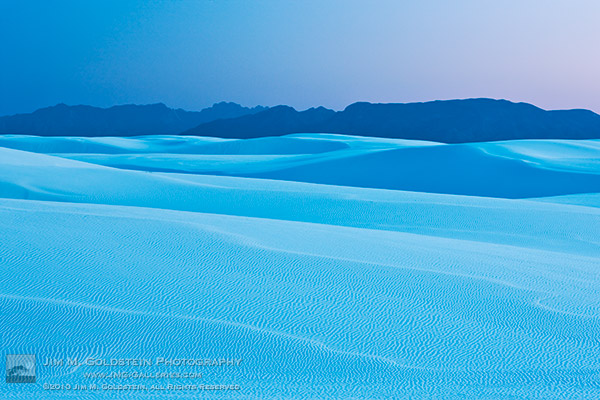
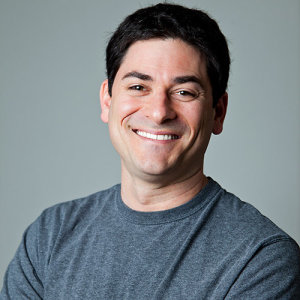 I was a full-time professional outdoor photographer for sometime, but given my knack for social media & marketing I was recently recruited by BorrowLenses.com to help head up their marketing department.
I was a full-time professional outdoor photographer for sometime, but given my knack for social media & marketing I was recently recruited by BorrowLenses.com to help head up their marketing department.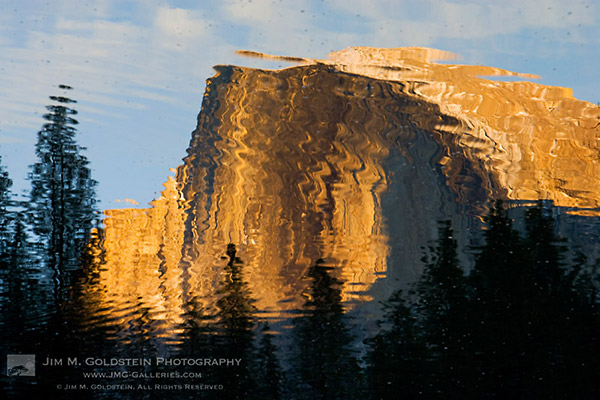
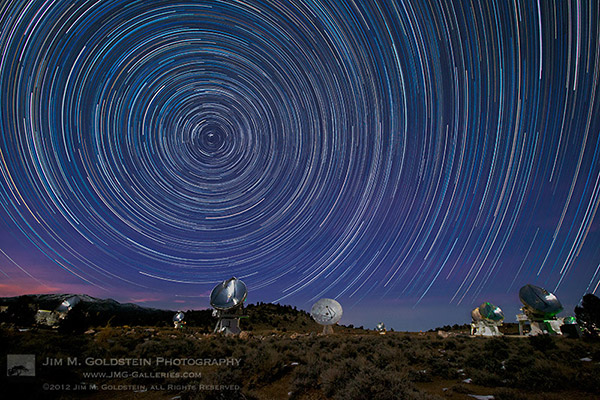

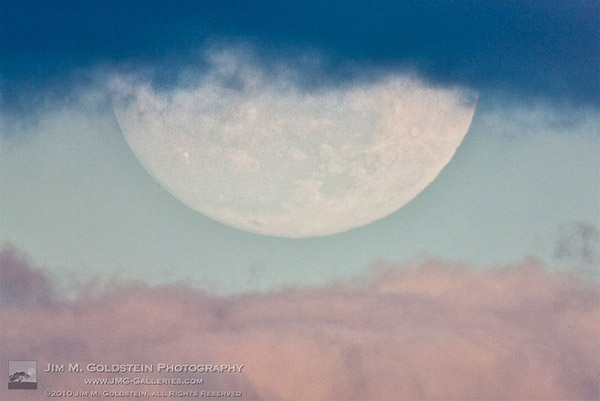
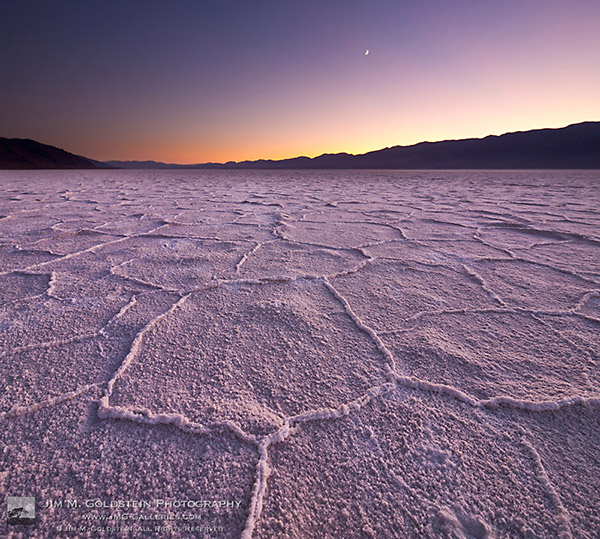
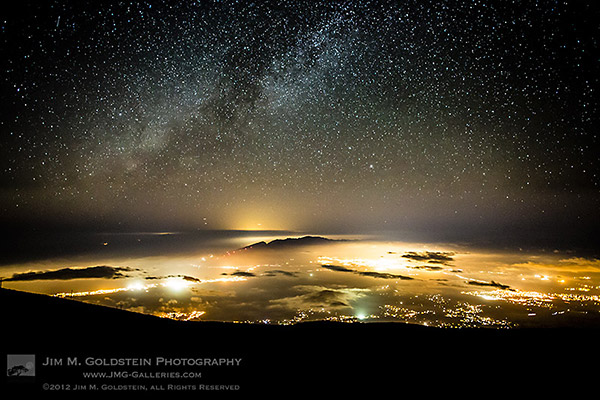
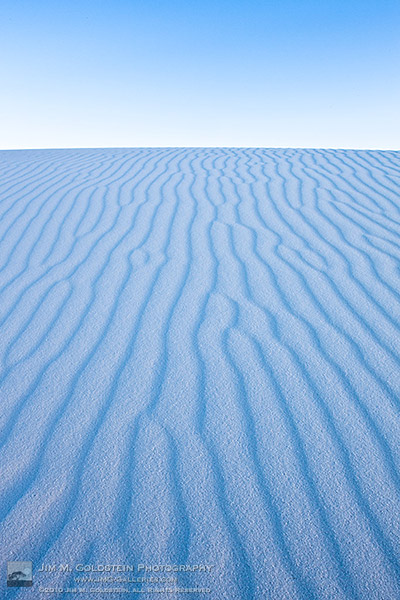
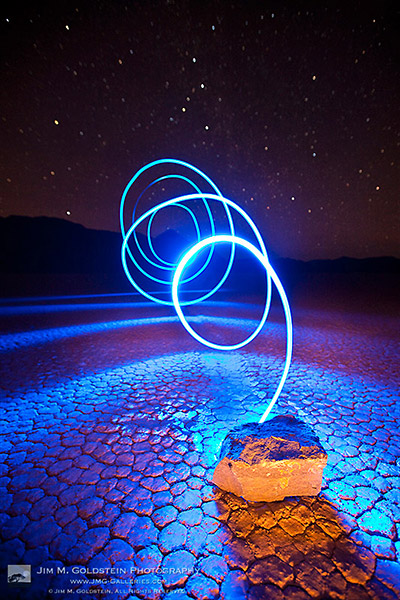


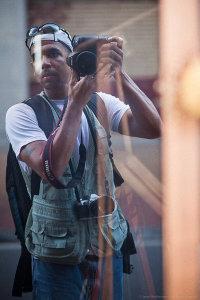
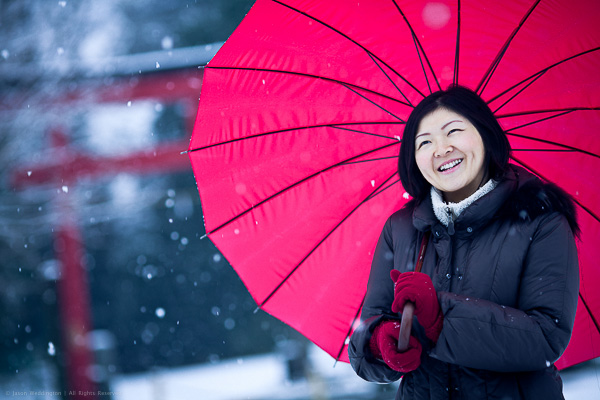
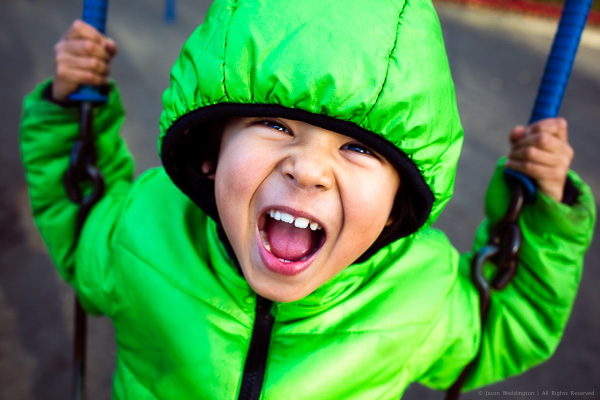
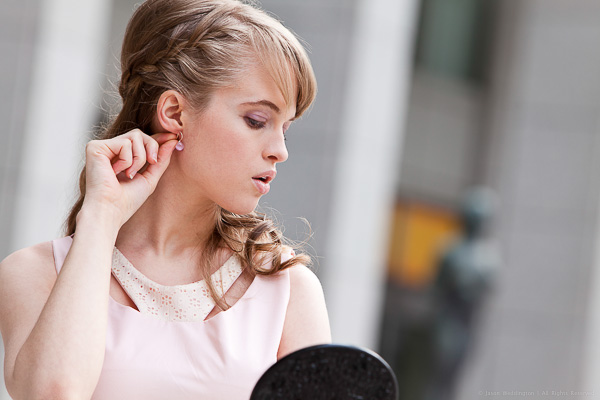
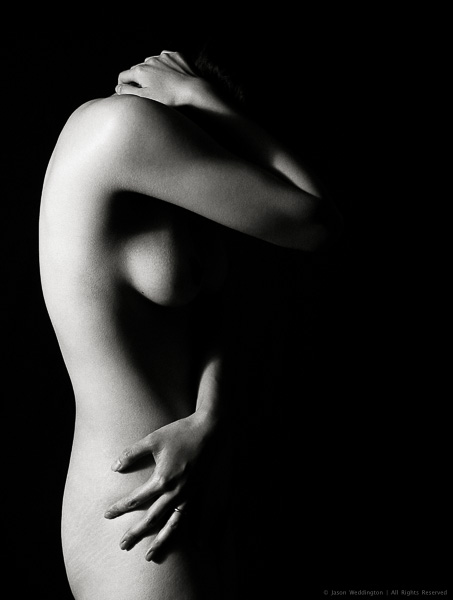
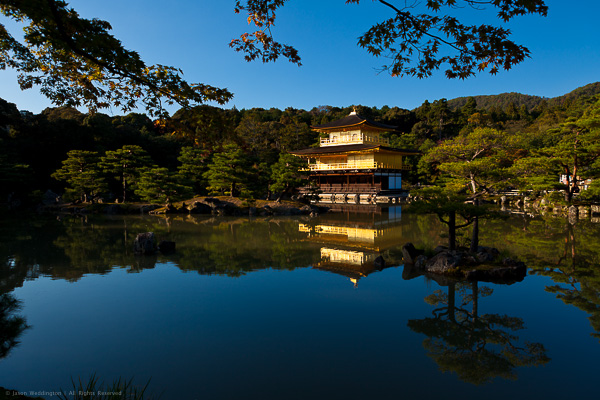

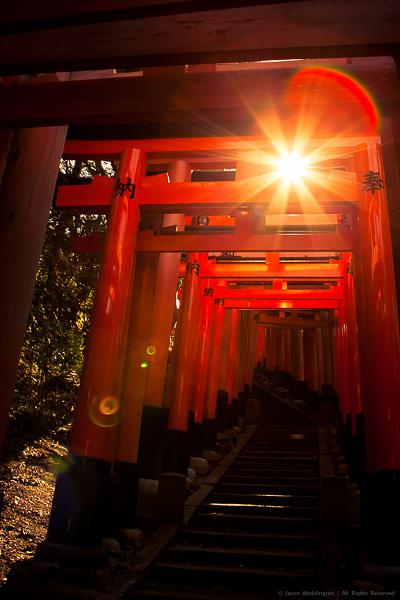
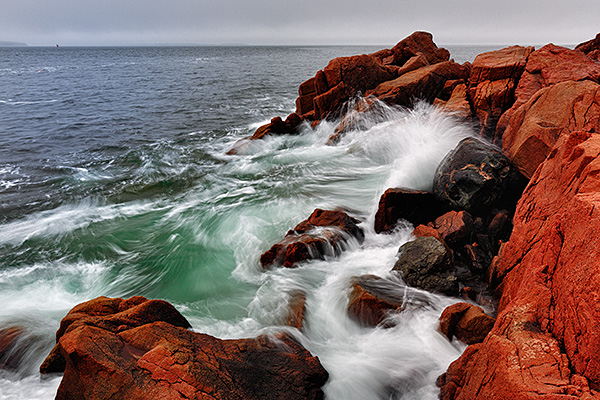


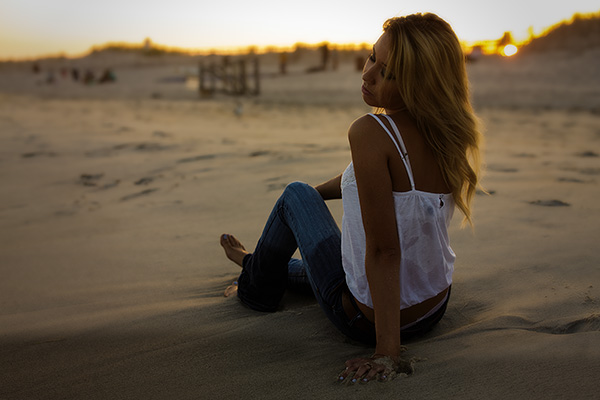
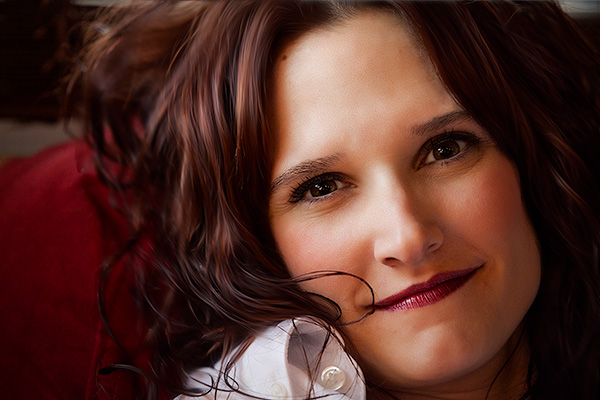

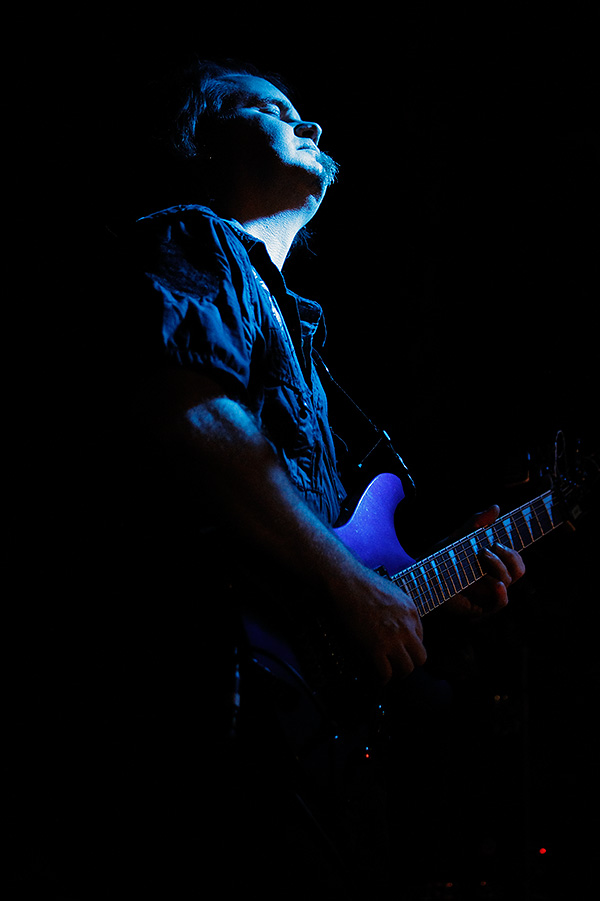
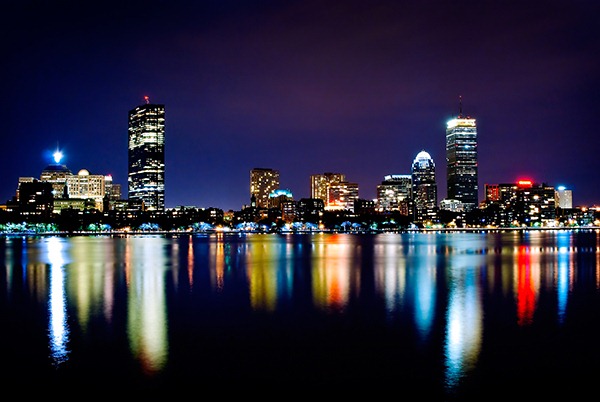
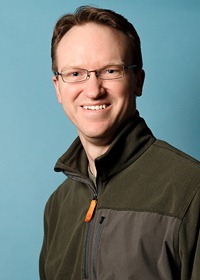 2.) Do you have a full time job or are you a full time photographer?
2.) Do you have a full time job or are you a full time photographer?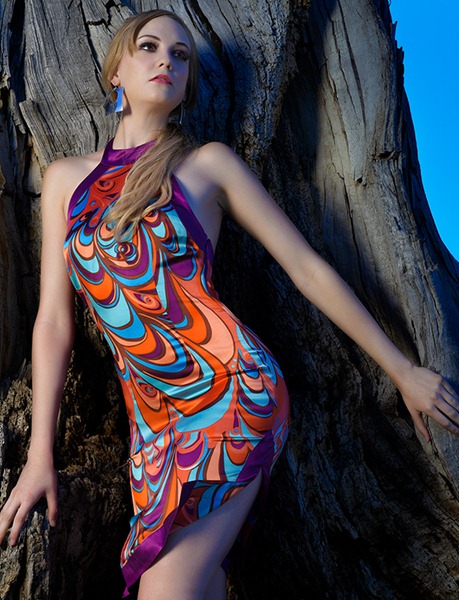
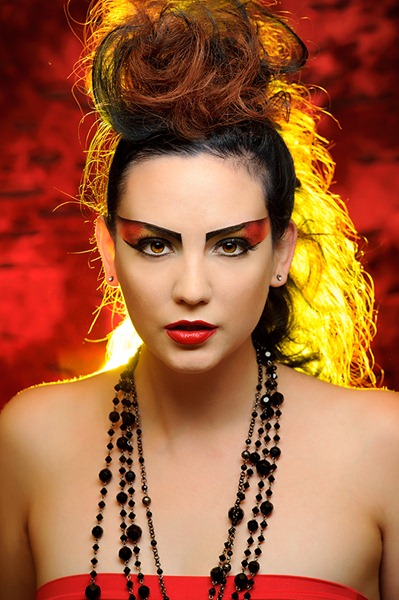
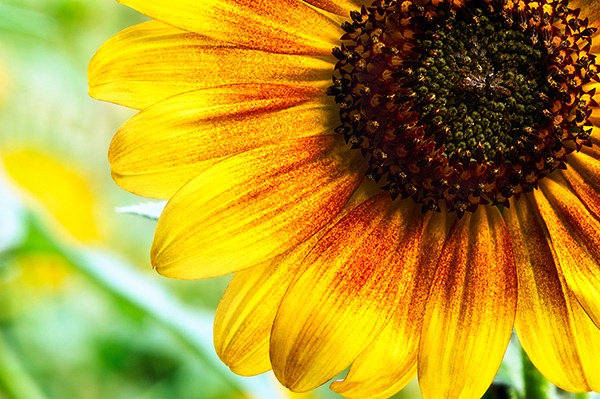
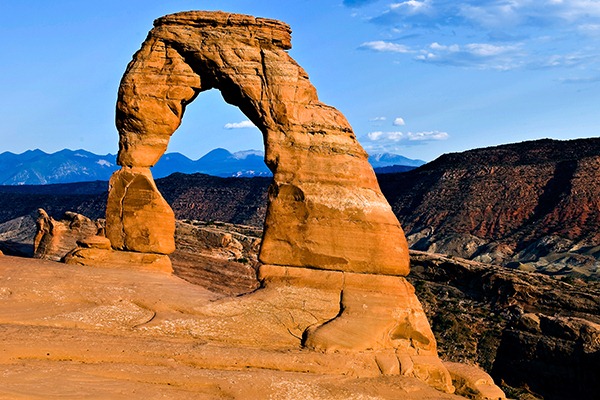

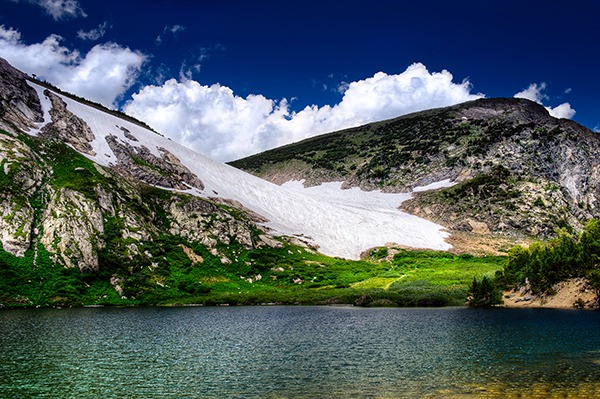
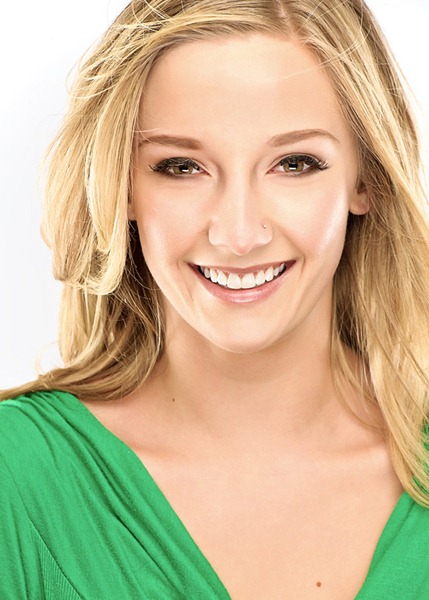
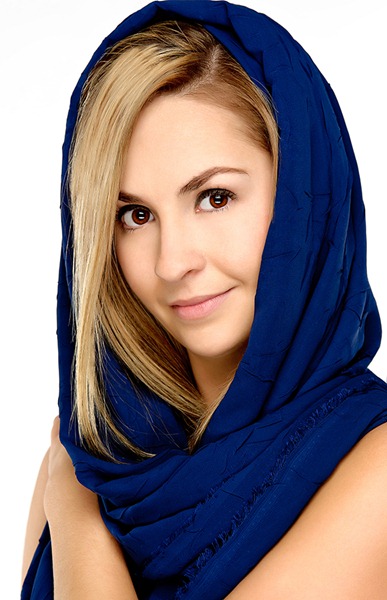

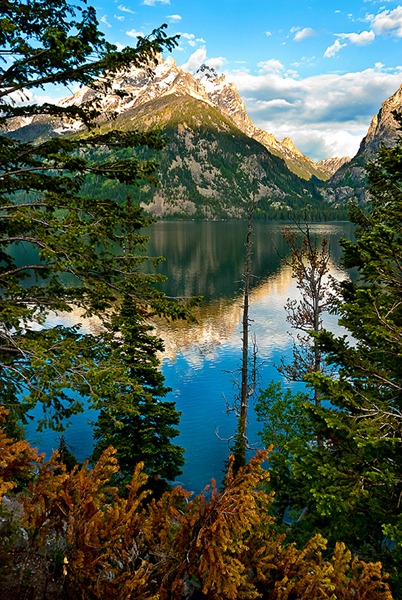
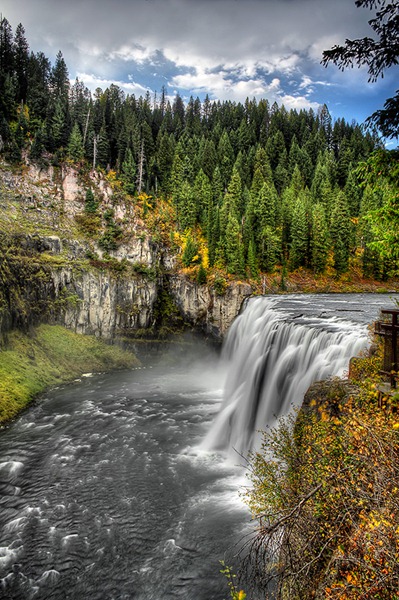
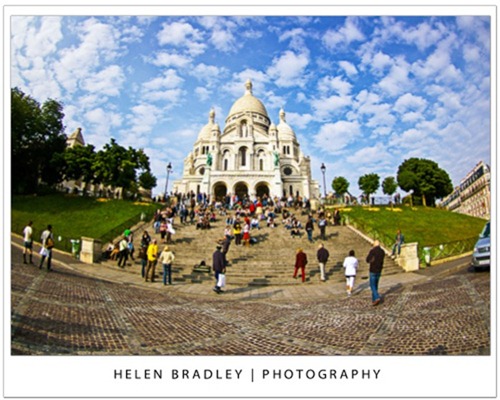
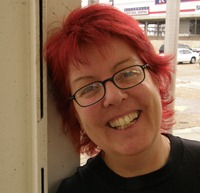 2. Do you have a full time job or are you a full time photographer?
2. Do you have a full time job or are you a full time photographer?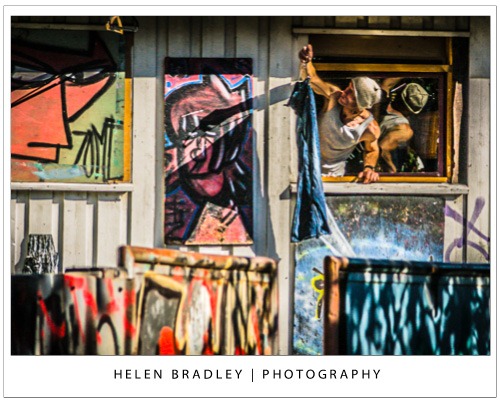
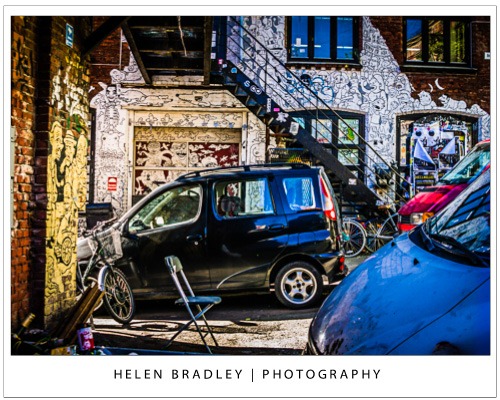
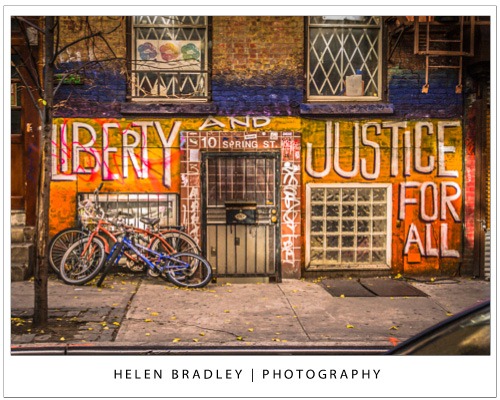
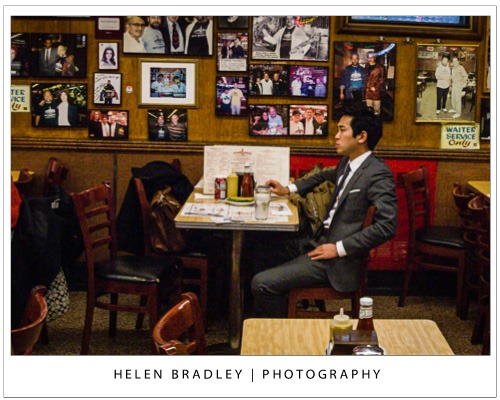
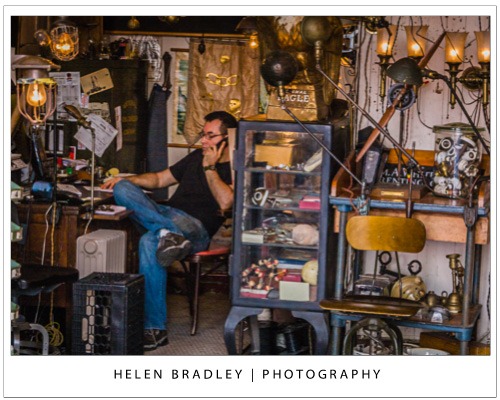
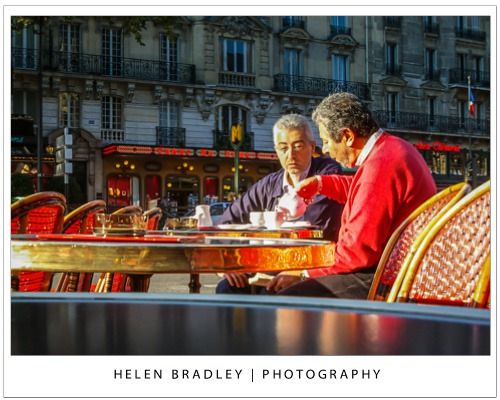

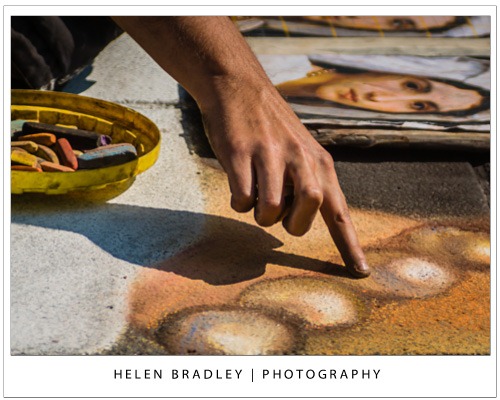
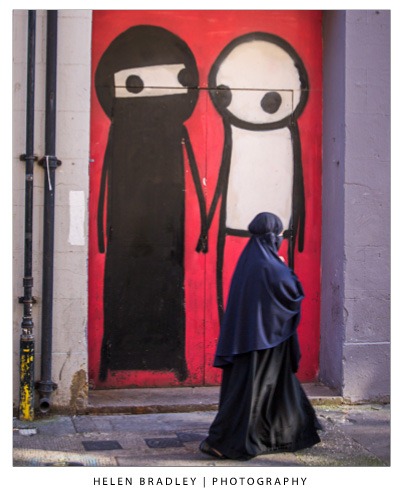

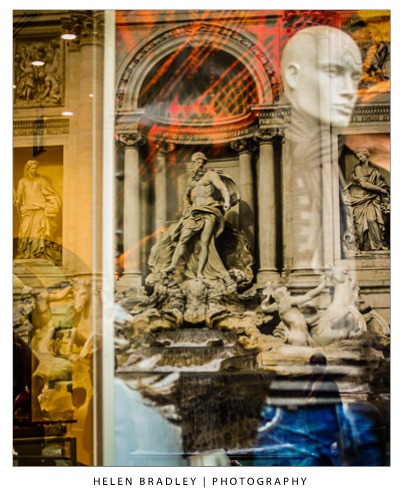
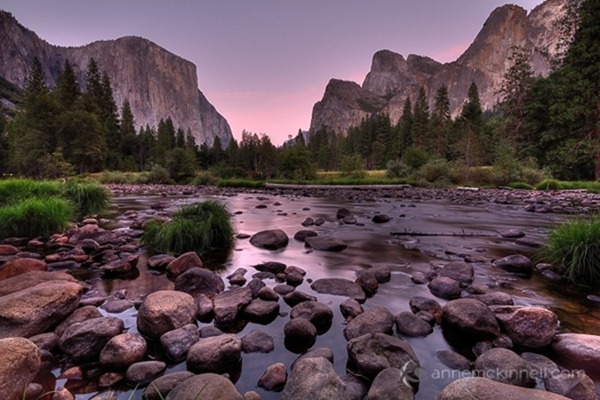
 2. Do you have a full time job or are you a full time photographer?
2. Do you have a full time job or are you a full time photographer?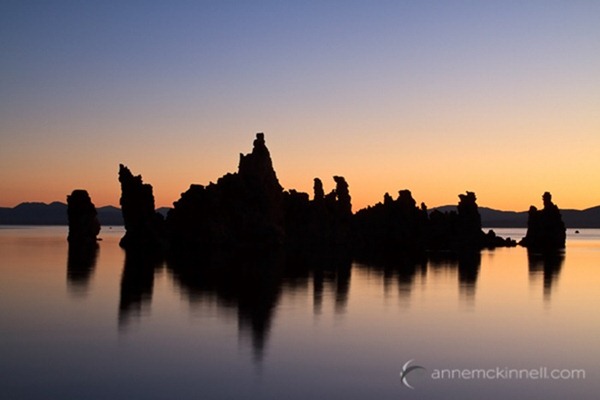
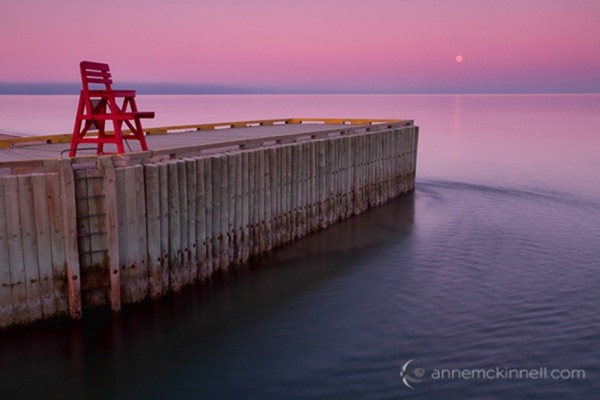
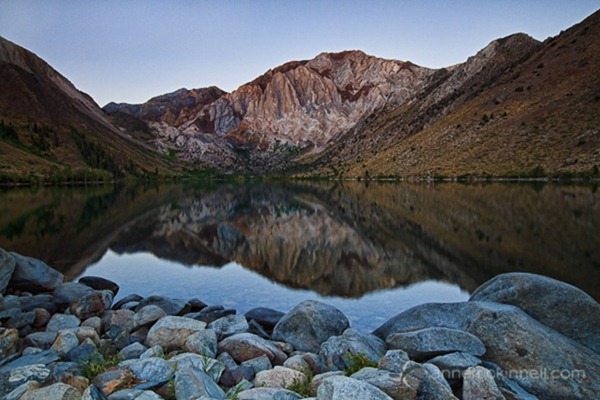




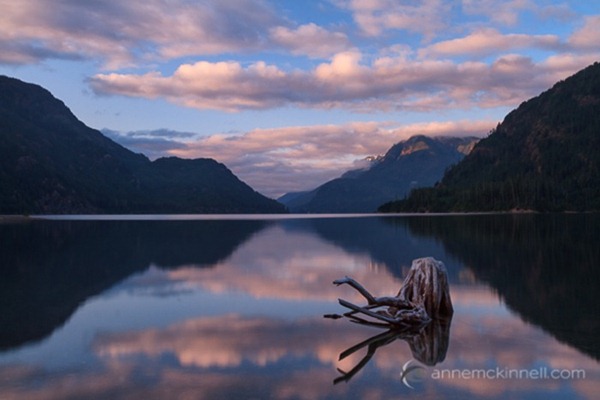
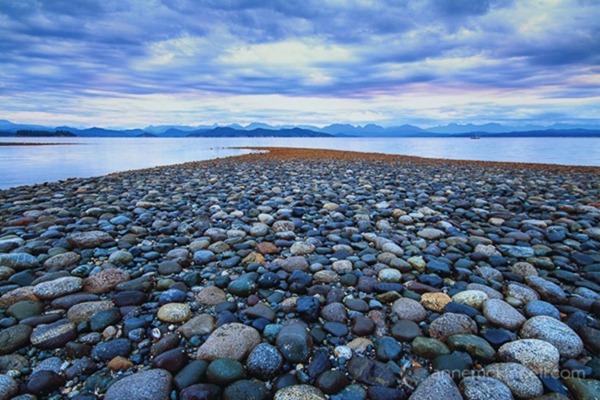
You must be logged in to post a comment.